Seiko Graces the Prospex Speedtimer SRQ043 With A Deep Blue Dial
Seiko's robust chronograph watch gets a cool reverse Panda-style dial.
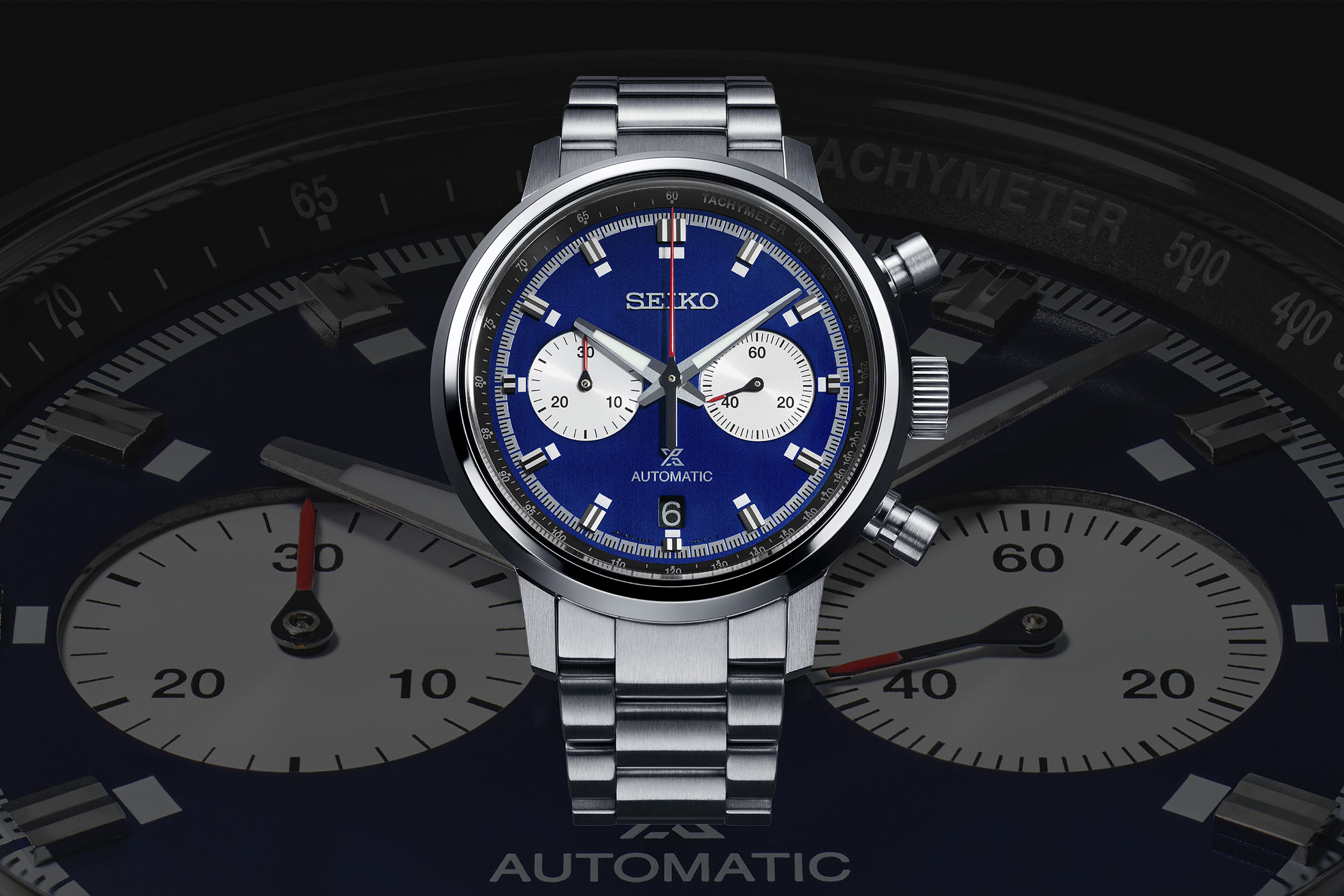
1969 was a monumental year for multiple reasons. It’s the year mankind set foot on the moon for the first time, the Boeing 747 Jumbojet made its maiden voyage, Eddy Merckx wins his first of five Tours de France races, and the Beatles made their last public performance. In watchmaking, it will forever be the year of the automatic chronograph. Next to Hamilton/Heuer/Breitling and Zenith, Seiko was also pushing to be the first and came out with the 6139. This legendary movement was the first automatic chronograph with a column wheel and vertical clutch, which made for a more precise and error-free measurement of elapsed time. Honouring this momentous achievement, Seiko introduced the Prospex Speedtimer collection in 2021, combining the aesthetics and technical elements of some of its earliest chronograph watches. Three years and multiple iterations onwards, Seiko now introduces the Seiko Prospex Speedtimer SRQ043.
The present-day Seiko Prospex Speedtimer is named after the original 1969 Speedtimer that housed the iconic Calibre 6139. It also takes some design cues from that very special watch and combines it with the pushers seen on the 1.5th of a second stopwatch introduced in 1964. You can also see hints of the 1957 Seiko Crown Chronograph, for instance in the markers. We’ve already seen a black and white dial version of the Speedtimer, a light blue Panda-dial version, and one dedicated to the Oregon22 Athletic Championships. With the SRQ043 Seiko provides us with a new deep blue and silver dial.
The overall design remains unchanged, so we get a pretty sizeable 42mm wide and 15.1mm tall stainless steel case with a sloped bezel and angular, faceted lugs. On the wrist, it wears ok thanks to the 45.5mm lug-to-lug size. The case is given a super-hard coating and sees a mix of brushed and polished surfaces. The pump-style chronograph pushers, with a large knurled crown in between, could have been a bit more refined and closer to the case, however, they tie in with the aforementioned 1964 stopwatch.
The main new element of the SRQ043 is the deep blue dial, seen here with silver subdials for the small seconds and chronograph 30-minutes. Surrounding the dial is a sloped inner flange with a tachymeter scale. Time is indicated with large, faceted hour and minute hands, with a Lumibrite insert. The small seconds and chronograph hands are finished in red to aid legibility and provide a sporty touch. Each applied hour index has a Lumibrite plot on the inside, and the date window at 6′ finishes off the dial.
When you turn the watch over, you’re greeted by the Calibre 8R46 automatic chronograph movement. This in-house-produced movement comes with a column-wheel and vertical clutch, true to its 1969 ancestor. Visually speaking it is not going to win any awards, as most of the chronograph components are sandwiched between the movement and dial, but it does its job very well. Running at a frequency of 28,800vph, it has 34 jewels and delivers 45 hours of power reserve.
As with the previous white and black editions of the Seiko Prospex Speedtimer, this new SRQ043 reference comes on a three-link stainless steel bracelet. This has been finished with a super-hard coating to boost its scratch resistance and closes with a triple folding buckle. Additionally, Seiko throws in a black calfskin leather strap. IT will be available through Seiko Boutiques and selected retailers worldwide from September 2022 onwards and retails for EUR 3,200.
For more information, please visit SeikoWatches.com

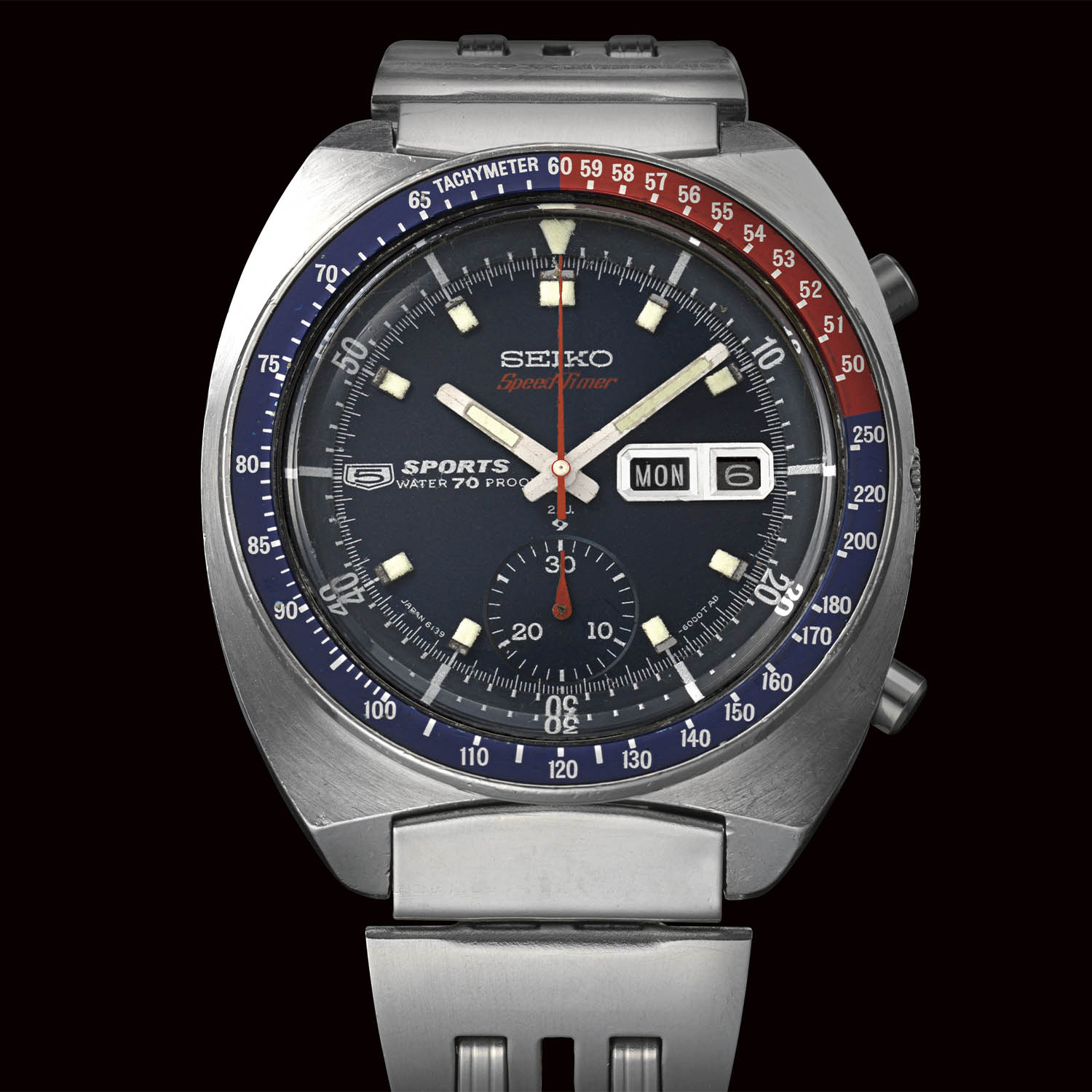
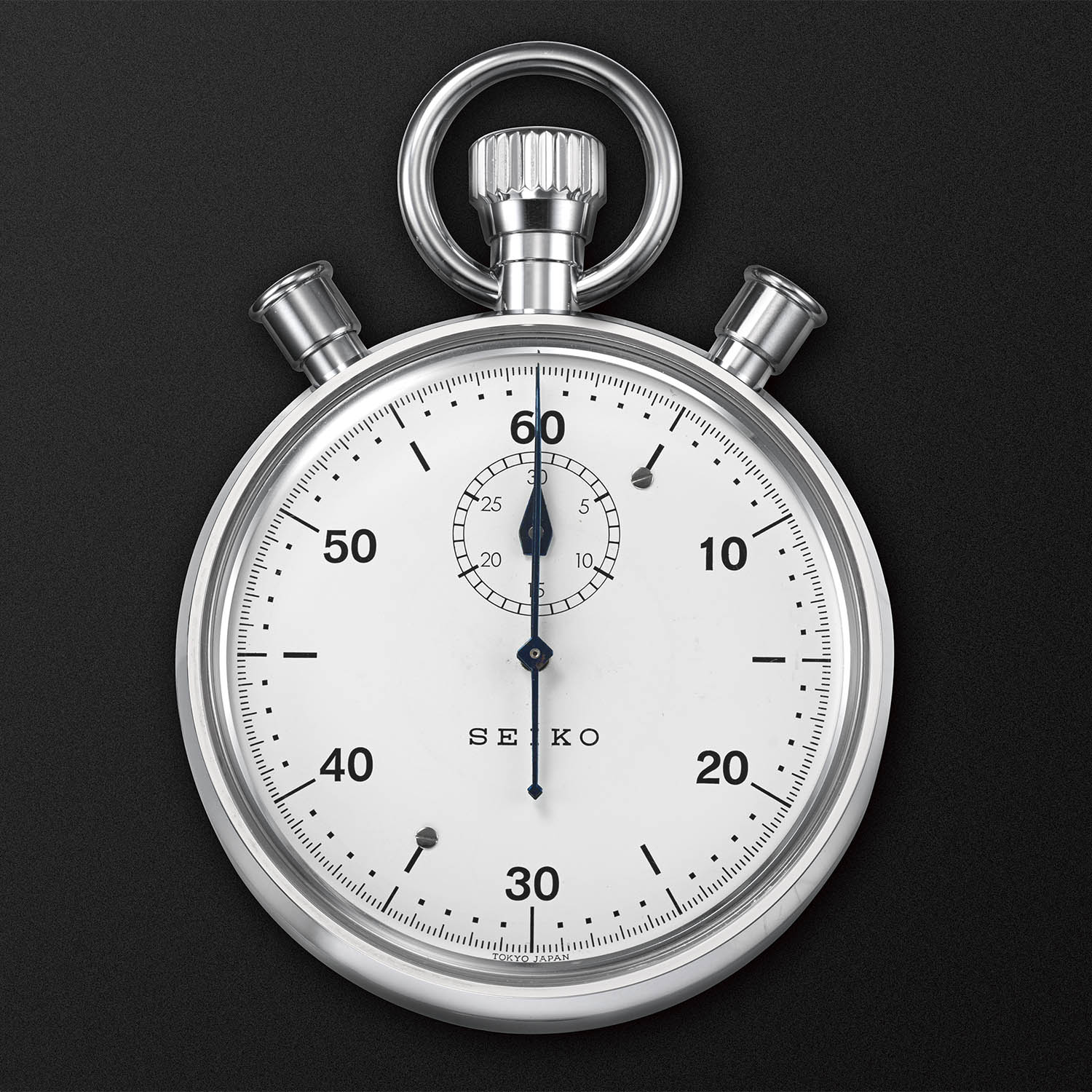
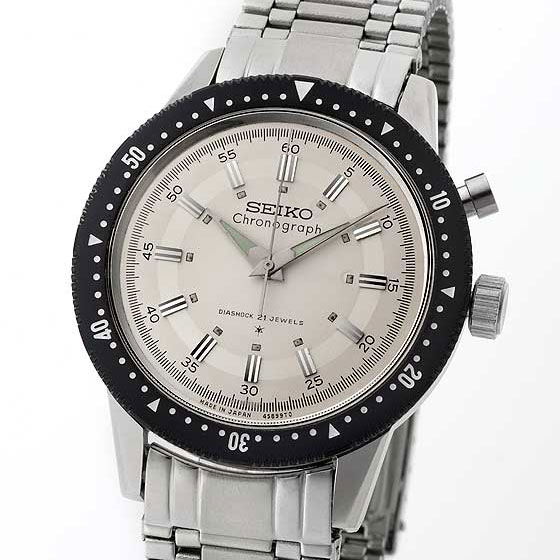
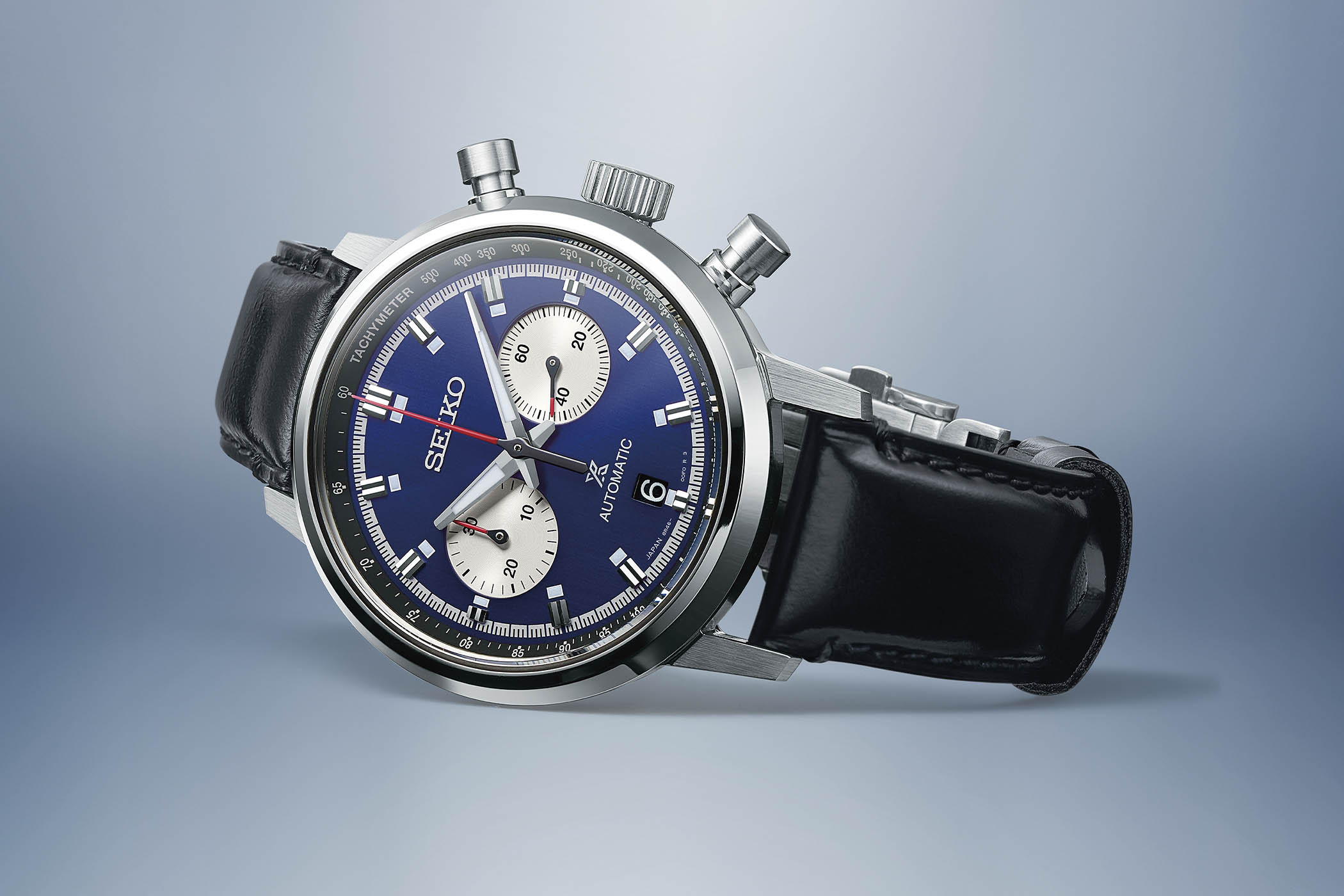
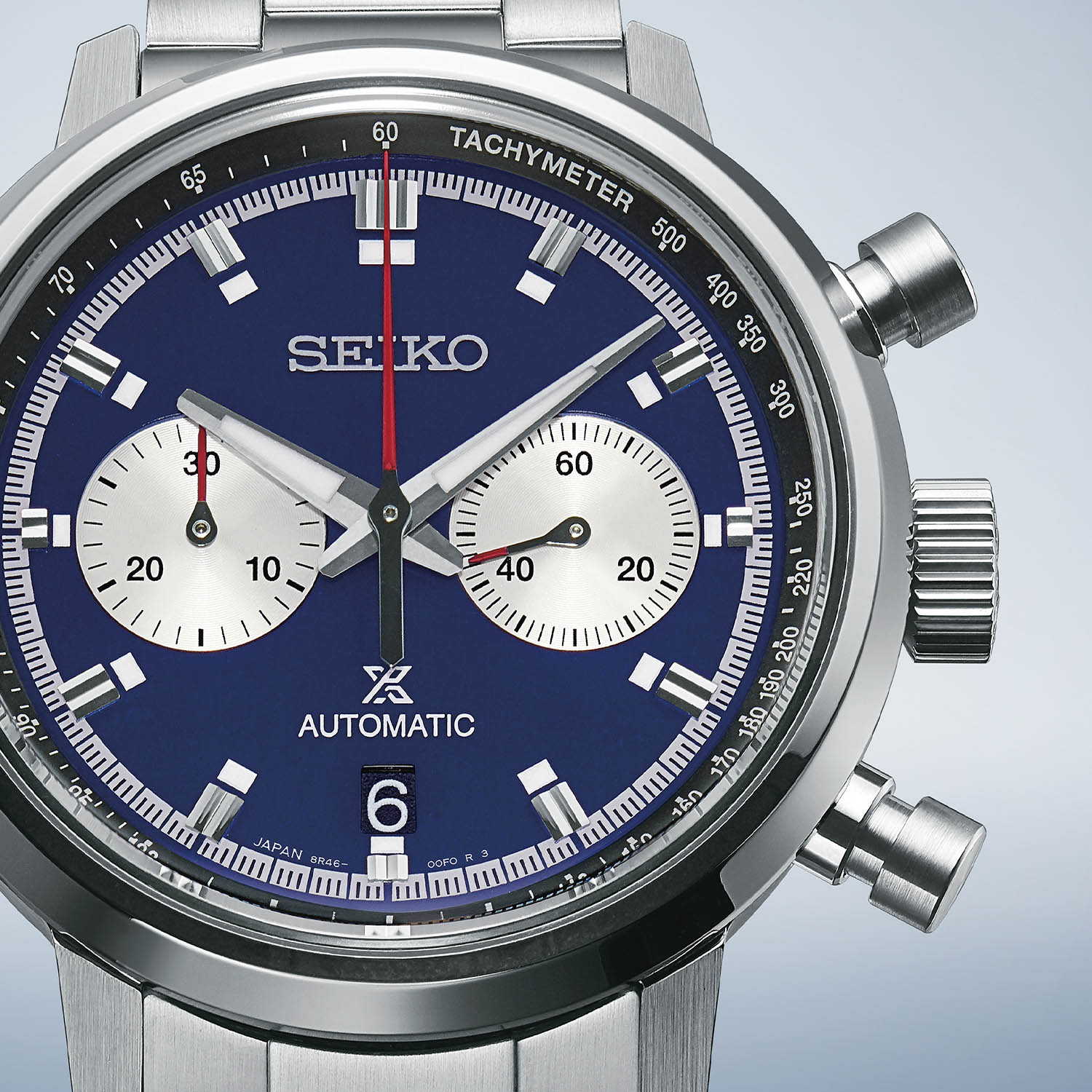

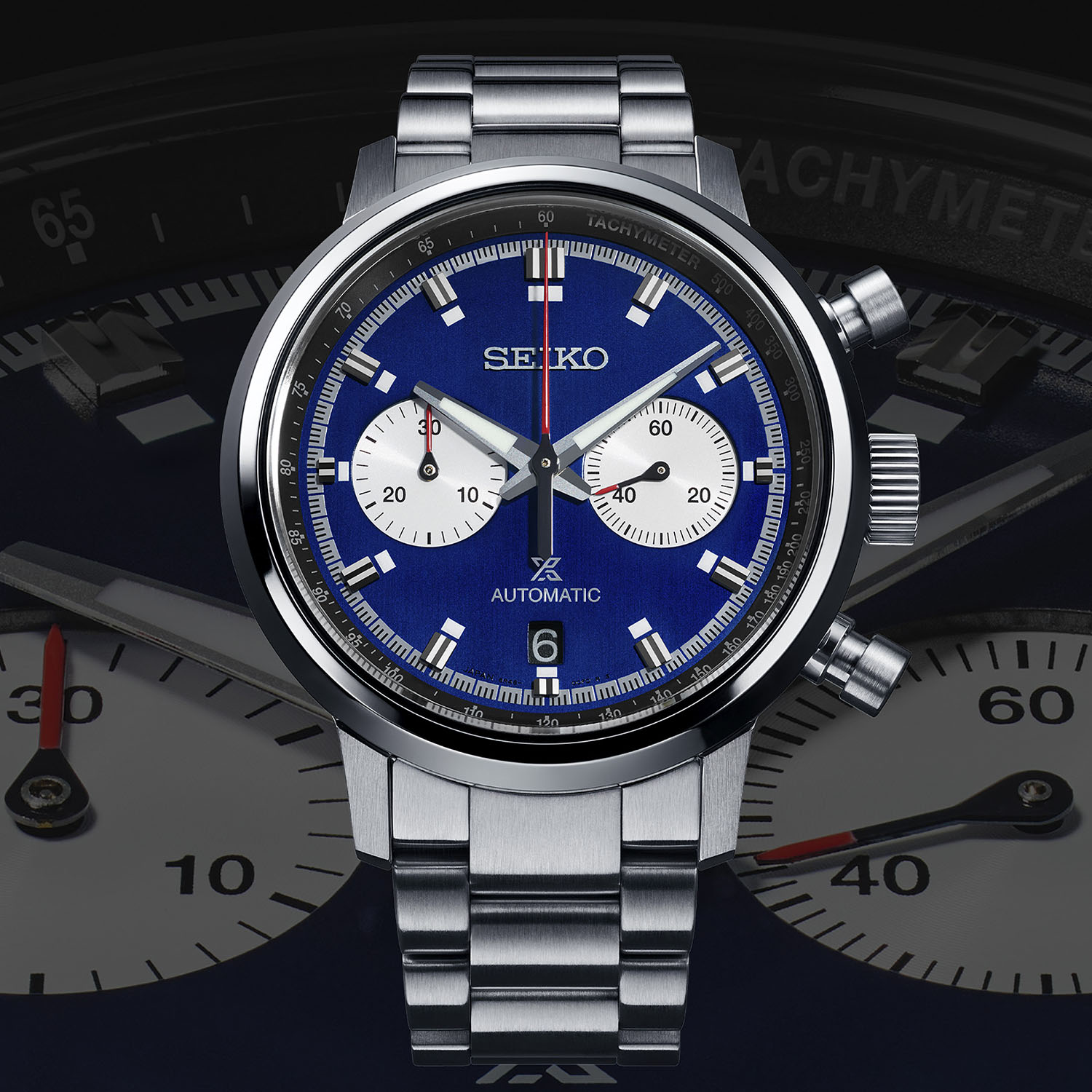



1 response
who really uses a chronograph instead timers now available in cellphones ? Chronos are harder to use, the analog display is small.. Chronographs really are just as usefull now as VCR’s